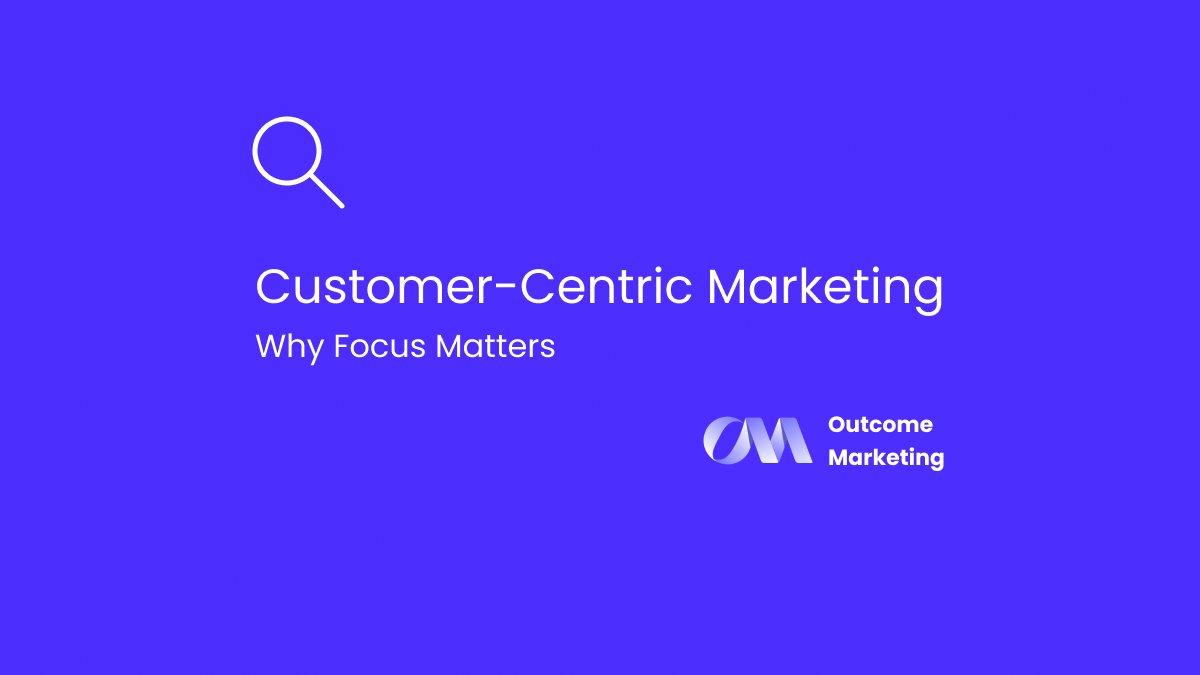Build Your Marketing Team for Success
Why the Right People — in the Right Roles — Are the Engine Behind Outcomes
3 min read
 Neil Anderson
:
Jul 29, 2025 11:58:37 AM
Neil Anderson
:
Jul 29, 2025 11:58:37 AM

In too many B2B organizations, Sales and Marketing operate like neighboring countries with a long border but no shared language. They nod politely across the table, pass occasional leads back and forth, and then retreat into their own domains—Marketing driving awareness, Sales chasing pipeline. But when these two functions truly align? That’s when growth gets exponential.
As someone who’s led both Sales and Marketing teams across high-growth B2B businesses, I’ve seen firsthand how powerful alignment can be—and how costly misalignment is. The secret isn’t just better tools or shared dashboards. It’s a shift in mindset, structure, and execution.
Here are 9 well-proven, actionable strategies to break down the walls and build a Sales-Marketing partnership that drives tangible business outcomes.
Outcome Marketing Principle: “The only reason to do marketing is to drive a business outcome.”
Too often, Sales and Marketing align on a funnel—but not on the finish line. MQLs don’t close deals. Content doesn’t guarantee conversion. If your teams don’t share the same definition of success, they’ll optimize for different things.
Tip:
Facilitate a annual alignment session to agree on business outcomes, not just handoffs. That might be:
Write the outcome down. Put it on the wall. Make it the North Star for both teams.
Sales has its playbook. Marketing has its calendar. But the most successful B2B orgs build integrated GTM campaigns—not silos.
Tip:
Build quarterly GTM campaigns that integrate:
Outcome Marketing Principle: "Signals > Vanity Metrics."
Marketing can’t improve lead quality if they don’t know what happened post-handoff. Sales can’t refine outreach if they don’t know what’s resonating in content or ads.
Tip:
Insights should flow both ways, constantly.
Your Sales Development team sits at the fault line between Marketing and Sales. If they’re misaligned, your whole system cracks.
Tip:
When SDRs/BDRs understand the why, they execute the how with more precision.
Outcome Marketing Principle: “Outcomes are the result of coordinated actions taken across the entire customer journey.”
Success doesn’t stop at lead gen or first call. Sales Engineers, Solutions Architects, Account Managers, and Marketing Ops all play a role in creating a smooth journey.
Tip:
Create a buyer journey map from first touch to closed/won and renewal. Define:
Make the invisible visible. When everyone sees the whole system, they stop optimizing just their piece.
If Marketing and Sales don’t trust the data, they can't trust each other. Mislabeling leads, inconsistent follow-up, and unclear ownership often lead to finger-pointing—and outcomes suffer.
Tip:
A well-governed CRM fosters alignment, clarity, and confidence across the entire revenue team.
If Sales hits quota and Marketing hits MQL goals but no one clinks glasses together, you’ve missed the point.
Tip:
When teams plan together, they win together.
Want alignment? Put some of the same metrics in both teams’ compensation models.
Tip:
Money talks. Make it say “teamwork.”
Outcome Marketing Principle: “The best marketing comes from listening.”
The best alignment tool? The customer’s actual voice.
Tip:
When both teams obsess over the same voice, alignment comes naturally.
Sales-Marketing alignment isn’t a one-time workshop or a shiny new tech stack. It’s a daily commitment to shared outcomes, clear communication, and mutual respect.
And when it works, the impact is unmistakable: better leads, faster sales cycles, higher win rates, and a customer journey that feels seamless from click to close.
At Outcome Marketing, we help B2B businesses create true Sales-Marketing alignment that drives revenue—not just reports. Want to see how your team stacks up?
Need help aligning your Sales and Marketing teams?
Browse the Outcome Marketing Marketplace to connect with fractional leaders who’ve been there, fixed that—and can help you drive growth.

Why the Right People — in the Right Roles — Are the Engine Behind Outcomes

Customer-Centric Marketing: Why Focus Matters You know that feeling when you’re at a buffet and your plate looks like a mountain of random food? Some...

How to Find the “Why” — and Put Pipeline Back on Track Most B2B companies review a sales pipeline report every week. But the story is almost always...